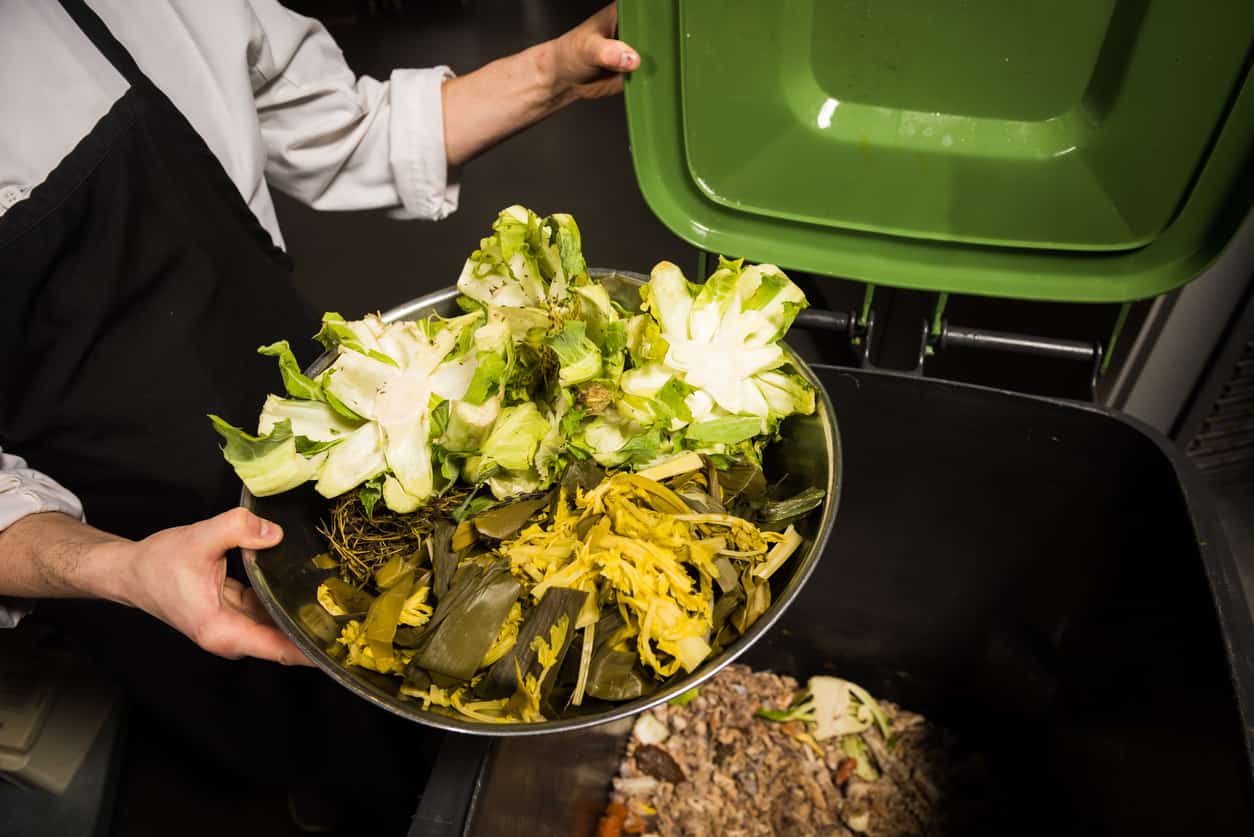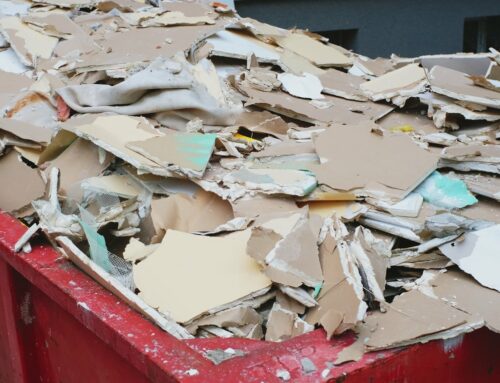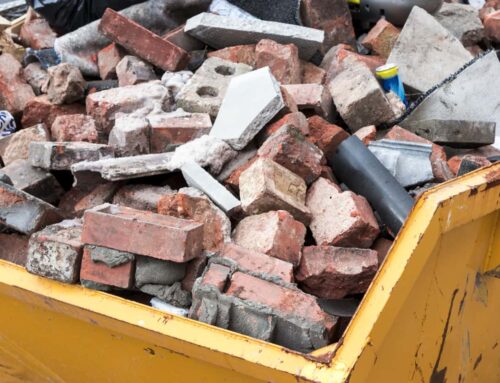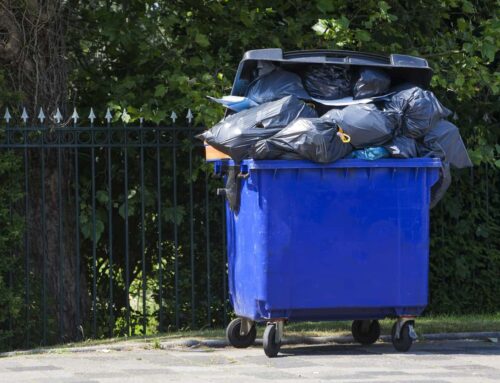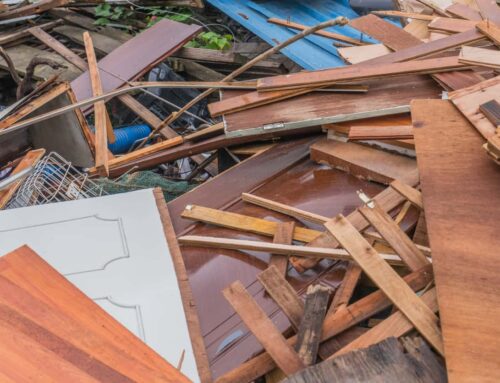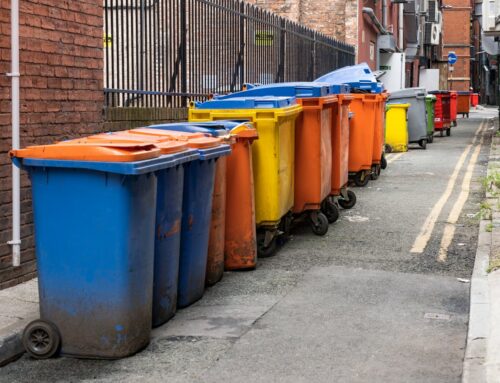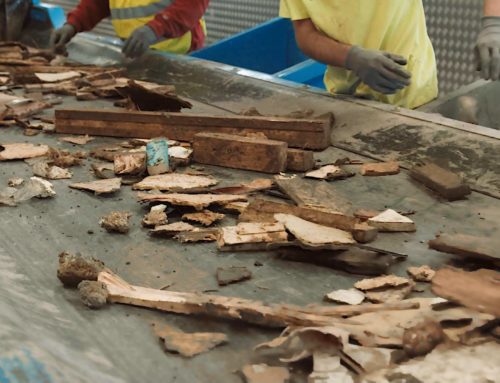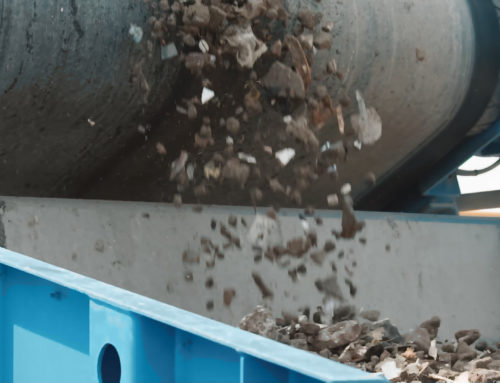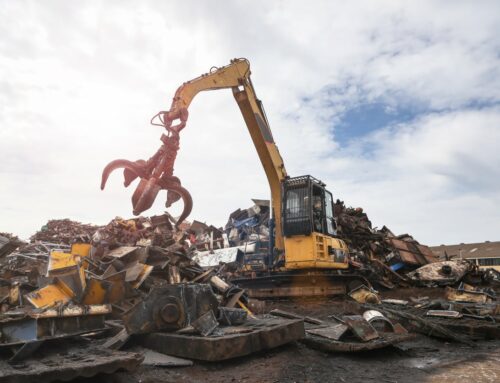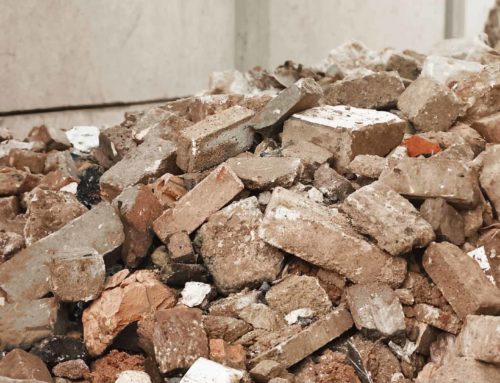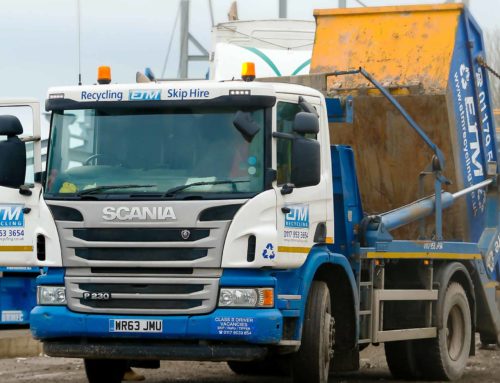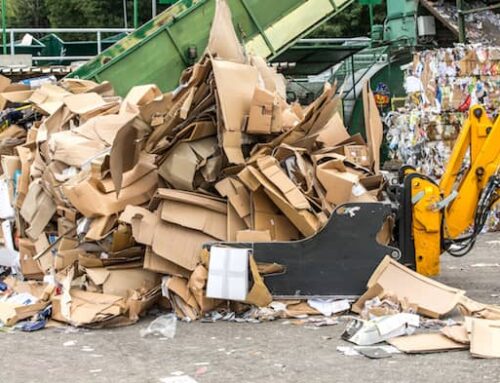Running a successful restaurant is a dream come true for many. However, a packed restaurant filled with satisfied diners presents an issue that is often overlooked – significant waste, from unfinished plates and excess dishes to spoiled ingredients.
Restaurants and other businesses in the food industry now face the challenge of reducing waste while keeping their business running smoothly. Customers are more aware of environmental issues and want to see sustainable practices in place, including where they go out to eat.
While achieving zero waste in restaurants may seem complicated, it is possible. In this blog, experts from ETM Recycling share some tips on how to reduce waste and make your restaurant eco-friendly.
What Types of Waste Do Restaurants Produce?
To effectively tackle the issue of waste in the food industry, it’s crucial to understand the different types of waste produced by restaurants.
Food Waste
As you can probably guess, the primary source of waste produced by restaurants is food. This includes things like discarded coffee grounds, vegetable peels, eggshells, expired ingredients, and uneaten food left on plates by customers. In many cases, restaurants prepare more food than they actually need, resulting in a significant amount of food waste.
Packaging
Restaurants receive various food supplies, including raw ingredients, pre-packaged meals, and beverages, that are typically packaged in different materials like plastic, cardboard, and Styrofoam. Unfortunately, this often leads to a considerable amount of packaging waste.
This waste contributes to environmental problems, such as pollution and landfill overflow. It can also have a negative impact on the restaurant’s bottom line due to the costs associated with waste disposal.
Single-Use Plastic
The use of disposable cutlery, cups and straws in the food service industry has contributed significantly to the accumulation of single-use plastic waste.
These items are typically made from plastic materials that are not biodegradable, meaning they can take hundreds of years to decompose. As a result, plastic waste is having an increasingly harmful impact on the environment.
Paper
While they are a more sustainable alternative, disposable paper products such as menus, napkins, and paper towels are constantly used in the food service industry and also contribute to a restaurant waste.
How Can Restaurants Reduce Food Wastage?
Menu Planning and Portion Control
To reduce the amount of food that goes to waste, restaurants can plan their menus carefully and control portion sizes. By analysing what customers like and what they usually order, restaurants can adjust their menu offerings to reduce overproduction and use their ingredients efficiently.
For example, if a particular dish is not selling well, the restaurant can either remove it from the menu or modify the recipe to make it more appealing to customers.
Similarly, if a particular ingredient goes unused, the restaurant can consider using it in other dishes or incorporating it into daily specials.
Offer Flexible Portions
Offering customers the choice to select their preferred portion size can be an efficient method to minimise food waste and prevent excessive ordering, helping to avoid unnecessary leftovers.
Additionally, giving customers the flexibility to choose their portion size can boost customer satisfaction, as they have control over their dining experience.
Composting and Food Recycling
One of the ways restaurants can contribute to environmental sustainability is by setting up composting programmes.
This way, they can effectively reduce the amount of organic waste that ends up in landfills. Instead of throwing away food scraps, coffee grounds and other biodegradable materials, restaurants can collect them in compost bins.
This compost can then be used to fertilise local green spaces, gardens or farms that supply local produce. This not only helps restaurants minimise their environmental impact but also supports local agriculture.
Manage Inventory
If you are managing a restaurant, you know how important it is to keep track of your inventory. Not only does it help you to reduce waste, but it also ensures that your business remains profitable. By regularly analysing your stock, you can identify which items are slow-moving and taking up space. You can then use these items first before they expire, reducing waste and costs.
A well-organised inventory system can also help chefs track ingredient usage and make informed decisions regarding menu planning and purchasing.
Utilising Ingredients
Encouraging chefs to adopt cooking techniques that help utilise all parts of an ingredient can significantly reduce waste.
For example, vegetable scraps that are usually discarded can be used to create flavourful stocks or sauces that enhance the taste of dishes. Similarly, meat bones, which are often thrown away, can be used to make rich broths that serve as a base for soups and stews. This approach not only minimises waste but also adds depth of flavour to your dishes.
Food Donations and Other Schemes
Food Donation Programmes
Many restaurants often find themselves with excess food at the end of the day that is still safe for consumption but cannot be sold. This frequently results in a significant amount of food waste. However, by partnering with local food banks, shelters or community organisations, restaurants can donate their surplus food to those in need instead of throwing it away.
Donating surplus food to local organisations not only helps to reduce food waste but also helps to tackle food poverty in the community. In recent years, food poverty has become a significant issue, and organisations that specialise in assisting vulnerable people often struggle to meet the demand for food. By donating excess food, restaurants can help bridge this gap.
Another advantage of partnering with local organisations is the relationships you can build within your community that help to improve your reputation as a socially responsible business.
Minimise Packaging and Resources
One of the most effective ways for a restaurant to minimise packaging and promote sustainable practices is to work with suppliers who offer bulk purchases or eco-friendly alternatives.
Bulk purchases of supplies can reduce the amount of packaging used. Similarly, choosing eco-friendly packaging options like compostable takeout containers or reusable bags can also reduce waste.
Another way to reduce packaging is to encourage customers to bring their own reusable containers for takeout. This can be done by offering a discount or incentive. Not only does this promote sustainable practices, but it can also attract like-minded customers to your restaurant.
Employee Awareness
When it comes to incorporating effective waste management practices, it’s crucial that staff are aware of the importance of waste reduction and how to manage waste properly.
This includes how to sort and separate different types of waste, how to dispose of it and how to reduce waste in the first place. If everyone on your team is involved in this effort, it can make a huge difference in becoming more eco-friendly.
Eco-friendly Waste Management Solutions from ETM Recycling
ETM Recycling is a state-of-the-art waste management facility based in the heart of Bristol. We provide a wide variety of services including, residential and commercial waste management, skip rentals, and recycling. Our commitment is to divert waste from landfills through effective recycling practices.
For more information about our services, don’t hesitate to get in touch with our team today.
